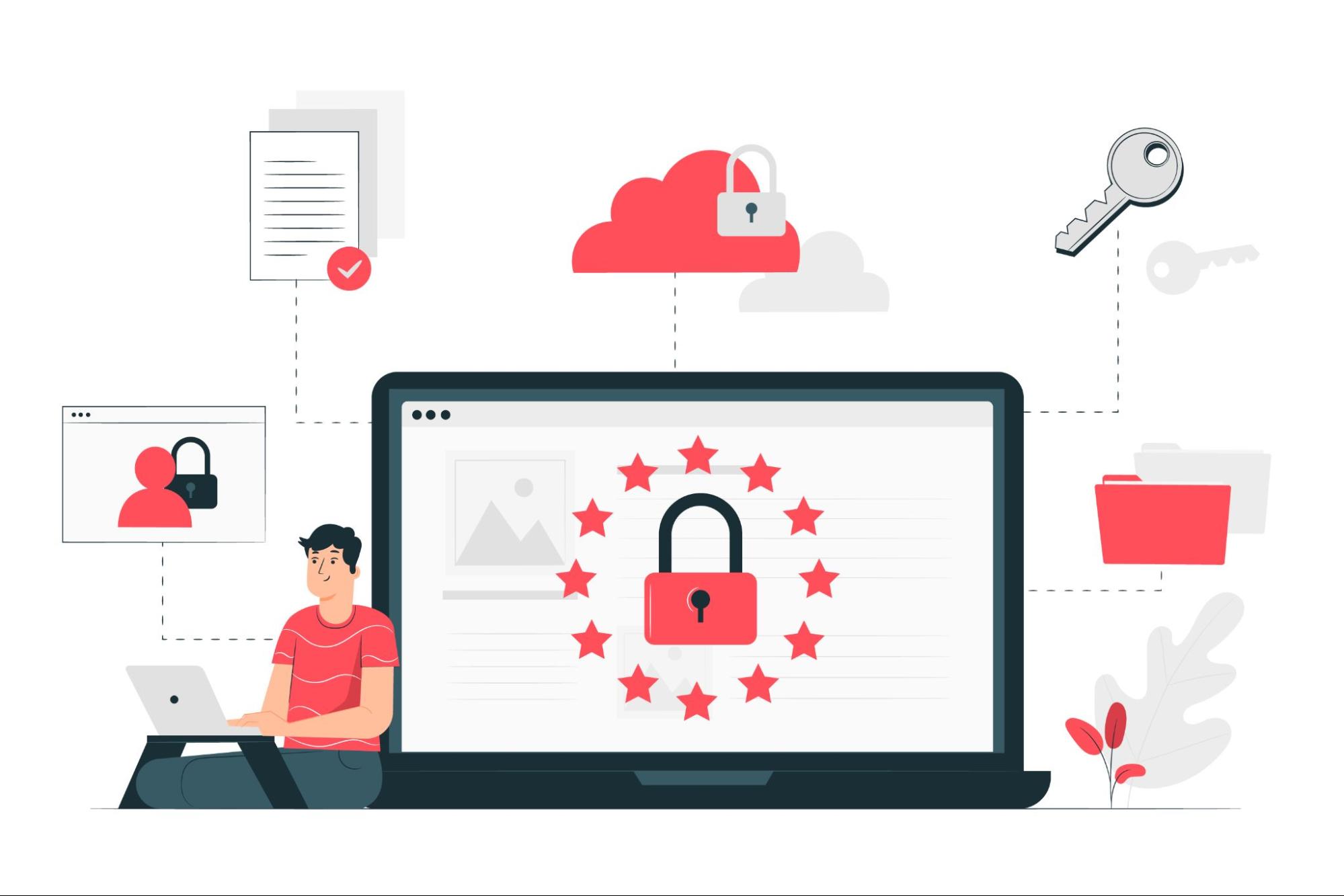What is an API Key and What Are API Keys Used For?
Read the entire article to learn about what is an api key, API key meaning, and what are api keys used for. Keep reading till the end of the blog.
Start Free TrialGet started with vREST in minutes.

Read the entire article to learn about what is an api key, API key meaning, and what are api keys used for. Keep reading till the end of the blog.
Start Free TrialGet started with vREST in minutes.

API keys are becoming a central part of today's web development. They rise to give secure access and interaction between various software applications. In this article, we will discover "what is an API key" , its meaning, usage, and the best practices to manage it effectively.
An API key is a unique, randomly generated or created string of characters used for authenticating and identifying the API user or application. This will be equivalent to a secret token to access an API's functionalities and data. The API provider provides the API consumer with this key, which puts it in their requests to a server, proving identity and entitlement.

Basically, an API key meaning states that it is used to provide a secure channel of communication between various software systems. Following is a closer explanation of the meaning and usages of API keys:
API Keys authenticate the user or the application requesting the API. Effectively, this is a very basic form of access control, ensuring that specified functionality or data is only available to known users. However, while API Keys provide a minimum level of security, they are less robust than many other methods of authentication, such as OAuth or JWT.
API keys will, therefore, help the API provider to track the trend in usage for rate limiting. It can use API calls attributed to specific keys to track trends of usage, notice misuse, and apply rate limiting to cut down extremely high levels of use that could affect server performance.
Every API key is unique and can be attached to your user, application, or project. By this, providers track who is really using their API and provide attributed usage to single entities. It enables better collaboration and support.
API keys offer providers the ability to enable different levels of access corresponding to fixes between subscription tiers. For instance, free users could get lower access to a few of the functionalities of the API, while paying customers get premium features, all differentiated to ensure effective monetization.
The usual use of an API key involves three main steps:
There are two types of API Keys: Public ones and Private ones.
API keys are versatile; they support a whole range of use cases, including:

One needs to ensure that the API keys are also safe and well-managed. Here are some best practices:
API keys may become very helpful tools to grant access to the API more finely, but allow only what has to happen. Knowing what API keys are, what they are for, and the best practices will help you create secure yet powerful applications. Specialized software like vREST by Optimizory further simplifies having robust solutions for secure storage, monitoring, and fine-grained management of access. Be watchful and carefully adopt the best practices by trusted brands like Optimizory to ensure safe and effective API key use within your development workflows.

Record, Specify, Test and Mock your RESTful and Other Web APIs.